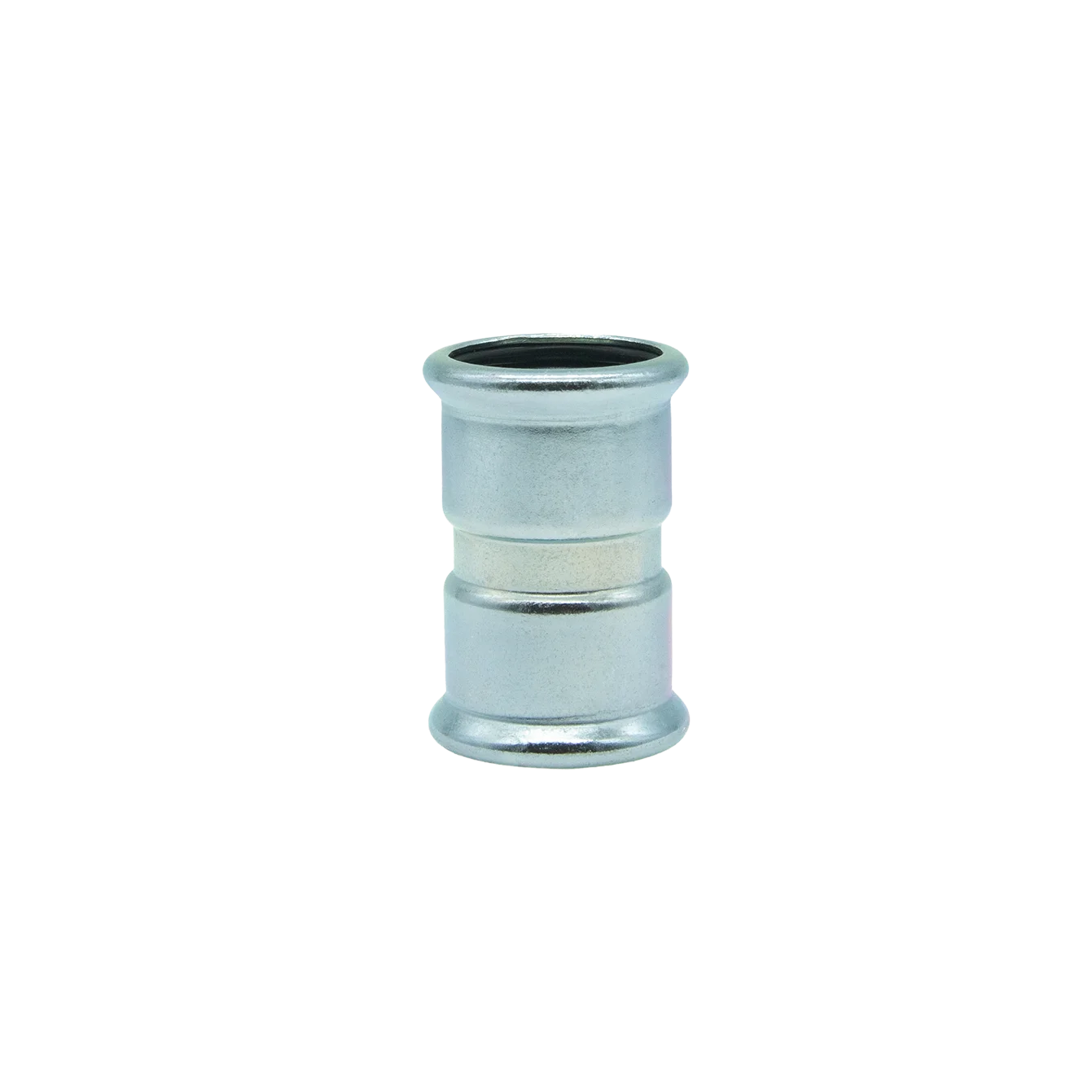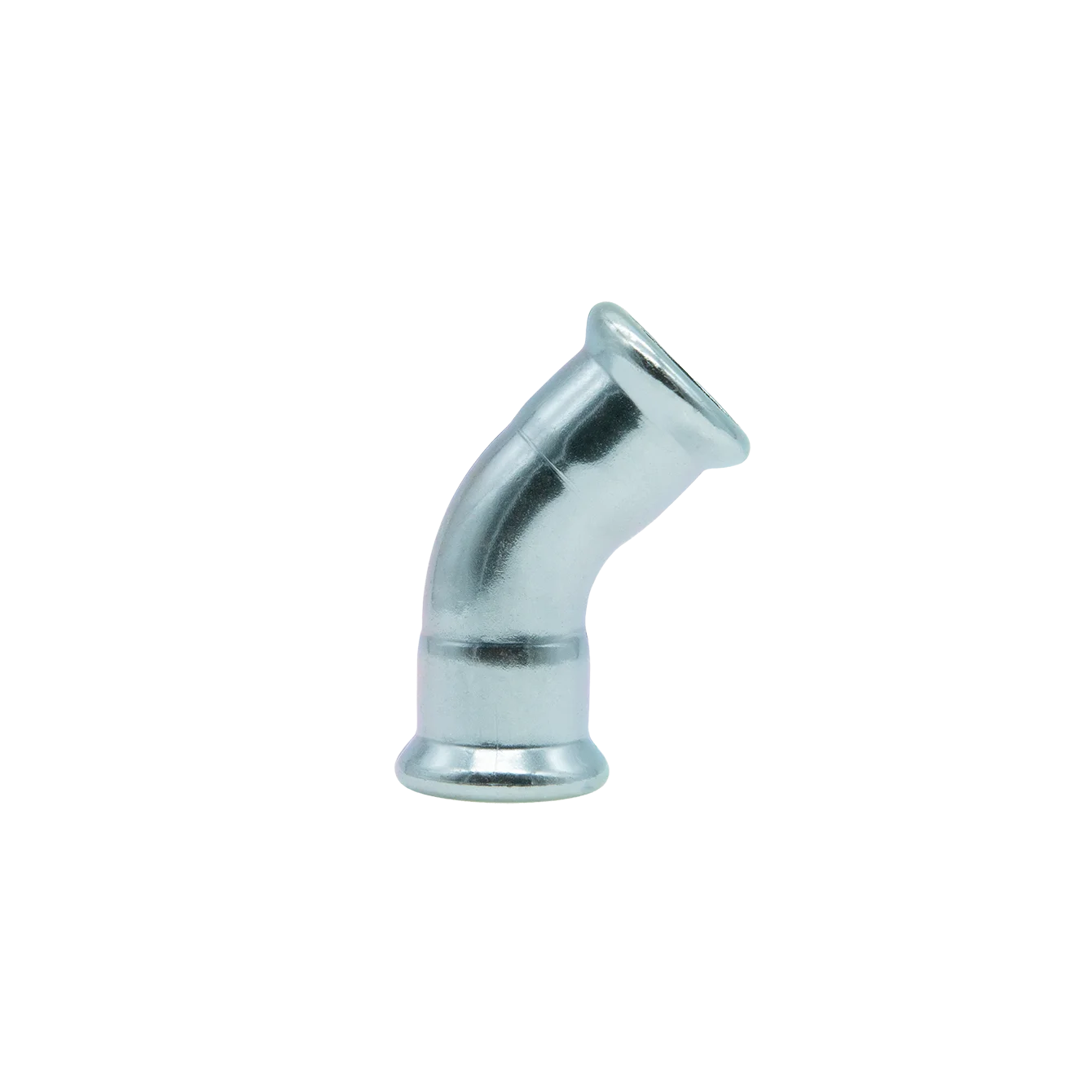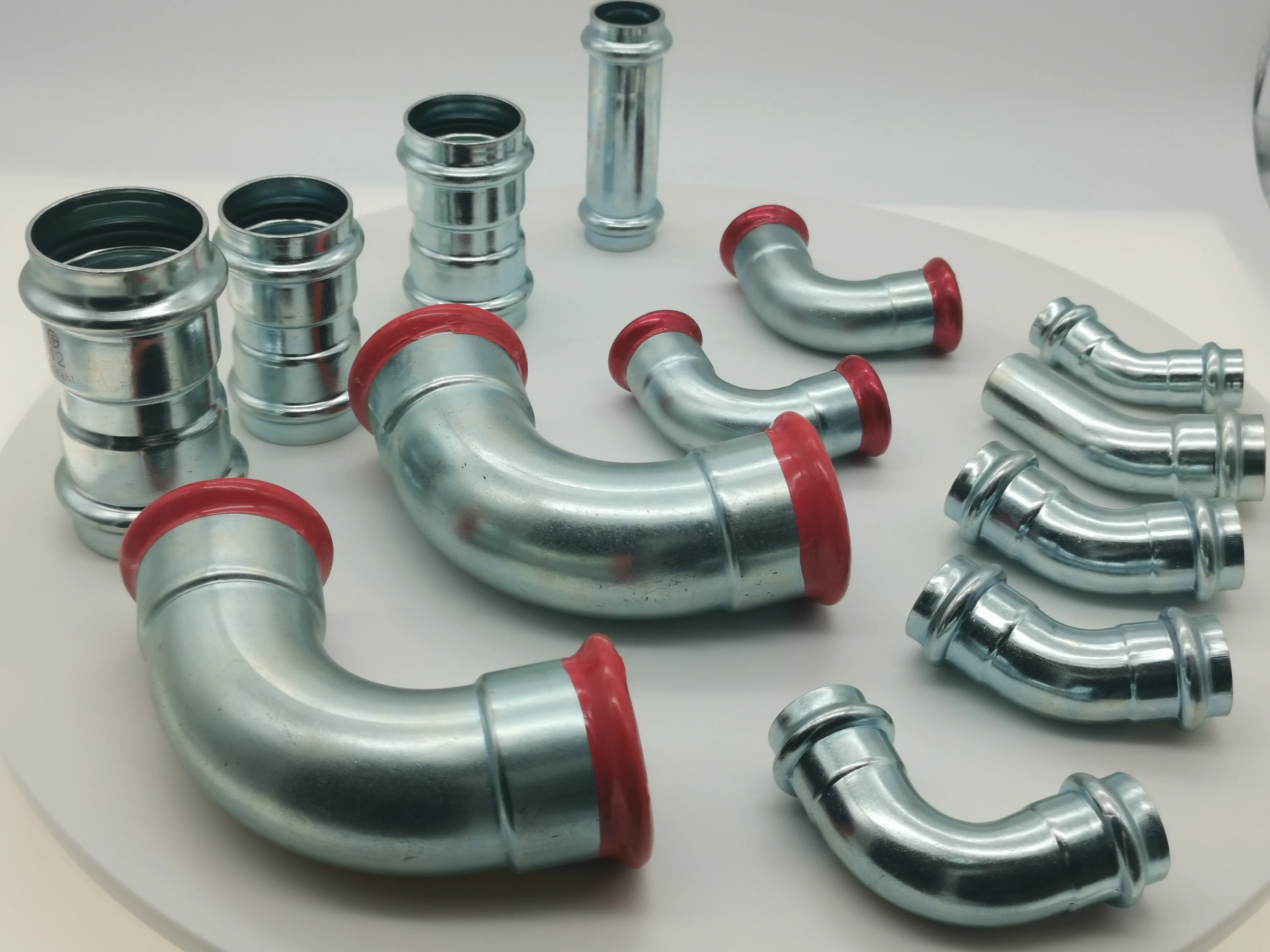Steel pipe fittings are special parts that help to connect different pipes together and control the way of water or gas (steam) flow. You will often come across these fittings in a wide variety of locations including buildings, plumbing systems in households and factories. The selection of steel pipe fittings is very important for your project because you have a risk in making the wrong choice and it can affect how safe, efficient or otherwise that system will work. Various classified steel pipe fittings avail,tegory its can be Devided into two main types threaded as well and welded. There are pros and cons with each type of package install, so you need to weigh those individually for your own project.
Steel pipe fittings are the parts that connect pipes together or to other components, allowing them to work as a single system. It includes elbows, tees, couplings and more ranging in sizes from 1/2 to 4 inches. The function of the shapes is to guide and control where liquids inside pipes flow. Elbows, e.g., change the flow direction and tees allow for dividing it into two directions. For example, steel pipe fittings are used to supply water for households and heating fuel gases such as natural gas which is commonly distributed within urban establishments through large-diameter pipes. Fittings are very necessary as they help the liquids to move safely and properly inside of pipes.
Appropriate selection of the steel pipe fittings is important to ensure that they work as expected, and are secure. It must have fittings that are compatible with the pipes and liquids. When the fittings do not match, pipes may leak and cause parts of your system to block off, causing serious injury. When choosing, you will have to take into account the type of fluid, pressure and temperature in addition with size and shape of pipes. Speaking to a professional who understands these particulars can help you get the right one for your steel pipe fittings, allowing it go on properly and securely with best fit.

Steel pipe fittings are made to screw together, making them incredibly simple and straightforward for assembly when necessary or removal at a later date. Most commonly they are used with pipes ranging in diameter from half an inch to two inches or lower-pressure systems. This makes them useful for maintenance and repairs, even if the fitting is installed after a pipe has already been put down. These fittings can, however, be not ideal for high-pressure/ temperature environments as they are likely to leak or break under pressure. However, welded steel pipe fittings are made by welding since they are stronger solution than forged weld unions. These types of fittings are suitable for high-pressure and high-temperature applications, they may be found in larger diameter pipes. On the downside, welded fittings are slightly harder to put together and maintain compared to threaded joints (which can be assembled by hand). Additionally, welding is an extra step in this process which can also increase costs.

Steel pipe fittings are usually formed from carbon steel, stainless steel,(high)gauge or low temp oil&gas- grade., nickel. Most often it is made from carbon steel, which provides a great combination of strength and affordability. It is stainless and strong, meaning it can be used in a variety of ways. Stainless steel on the other hand, offers costly correspondence to rust and consumption for top of the line employments like food handling or drug related projects. Alloy steel on the other hand is developed with combination of more than one or different types of metals which makes it better in strength and long lasting but will cost you high compared to carbon steels. Steel pipe fittings are most often used to either join two pieces of steel or copper pipes together, but whatever the case may be there is one thing that it certain and that will always remain true; whatever type of material chosen for use in manufacturing them needs live up to precise standard criteria depending on its proposed usage, whether high temperature combined with chemicals which might cause damage.

The installation and maintenance of steel pipe fittings are very important to make sure the system works safely and reliably. There are many useful tips to help you ensure proper installation and maintenance of steel pipe fittings:
Chncon is a steel pipe fittings in stainless steel pipe systems for over 20 years. The plant is 23000 square meters. Chncon has 4 product series that include more than 10,000 pipe fittings which meet all customers requirements. Chncon is accredited for more than 30 different qualifications in the U.S. and abroad.
CHNCON, getting the high reputation in China, the steel pipe fittings and service is at a highest quality. Our company is certified by ISO9001, OHSAS18001 and ISO14001 certifications, DVGW, ICC-ES, WRAS, CSTB, WATERMARK etc. We pledge to provide innovative pipeline products that provide significant advantages of being safe, healthy efficient and cost-effective to all over the world.
Chncon has a steel pipe fittings RD team that includes more than 10 engineers. We are not limited to providing traditional pipe fittings, but we also provide custom services. We'll provide the best advice and suggestions throughout the development and testing phase of a brand new product to assist you in achieving your goals.
Chncon factory has 60 production lines with the impressive capacity to produce more than 300 000pcs fittings and pipes per month This gives a high time to deliver Chncon has steel pipe fittings its operations to over 500 cities in China and exports to more than 50 countries which is a boon to more than 20 million families High-end quality effective production and a thoughtful service Chncon is an excellent choice in pipeline area


Copyright © Zhejiang Zhengkang Industrial Co., Ltd. All Rights Reserved - Privacy Policy